9 Fun 3rd Grade Writing Activities
Only 22% of students aged 8 to 11 years old write something daily outside of school (Source: Literacy Trust, 2018). To encourage more students to write for pleasure, we have created this list of 9 fun 3rd-grade writing activities for your students.
In the third grade, students are just beginning to express themselves through writing. The typical third grader will know how to string a couple of sentences together and even write with some humour and style. But one common problem with students this age is that they get bored. And when they get bored, they start seeing writing as a chore or another piece of homework that needs to be done on time.
As teachers, we should encourage our students to write for pleasure through a range of fun writing activities. This means writing because they love writing and not because your students are being told to write for a school project. We hope these creative writing activities for third students can help them see the importance and fun they can gain from writing.
Creative Captions
This is a really quick and simple writing activity to encourage your students to write daily. Simply ask them to collect some photos from magazines or the internet. Alternatively, you could provide your students with a set of random image prompts. And every day they can stick an image or two into their notebook with a short caption to describe the image.
This introduces your students into daily writing without too much pressure on what to write and how to write it. They can write a 10 word caption or 100 words depending on their mood and available time. The key here is to give them the freedom to write anything they like about whatever that interests them. This way they can experience the relaxing and fun side of writing.
Finish the Story Game
The finish the story game is a fun way to collaboratively write a story with your friends or classmates. The basic idea of this game is that one player starts the story off with a short sentence and then the other players continue the story using their own words. By the time you reach the end of the game, you should have a complete story from beginning to end written collaboratively between all the players involved.
The story can be as weird and as wonderful as you like as the players are in charge. For more tips and ideas on how to play this game, read our post dedicated to the finish the story game.
Storyboarding
For most kids, especially visual learners drawing is much more fun compared to writing. To cater to the needs of these students, storyboarding is a brilliant activity. Storyboarding utilizes a range of skills, including creativity, organisational skills and writing. Not to mention it is a great way to plan your stories out, from beginning to end!
There are three ways you can use storyboarding to encourage students to write. The first way is that you provide a completed storyboard with all the images already drawn in. Here the student has to write their own description or caption to the image. This method is great for students who lack inspiration or just don’t like drawing.
The second method is dedicated to those students that just lack inspiration. Here you can give them a partially completed storyboard. Where the first one or two frames will be completed for them. Here the students’ job is to basically finish the storyboard off with their own drawings and words.
>And the final way involves using completely blank storyboard templates where the student can draw and write their own words entirely. This gives students the freedom to write about anything they like. This could be a story about a footballer or a storyboard for a video game idea. This final method is great if your students already have an idea in mind for a story!
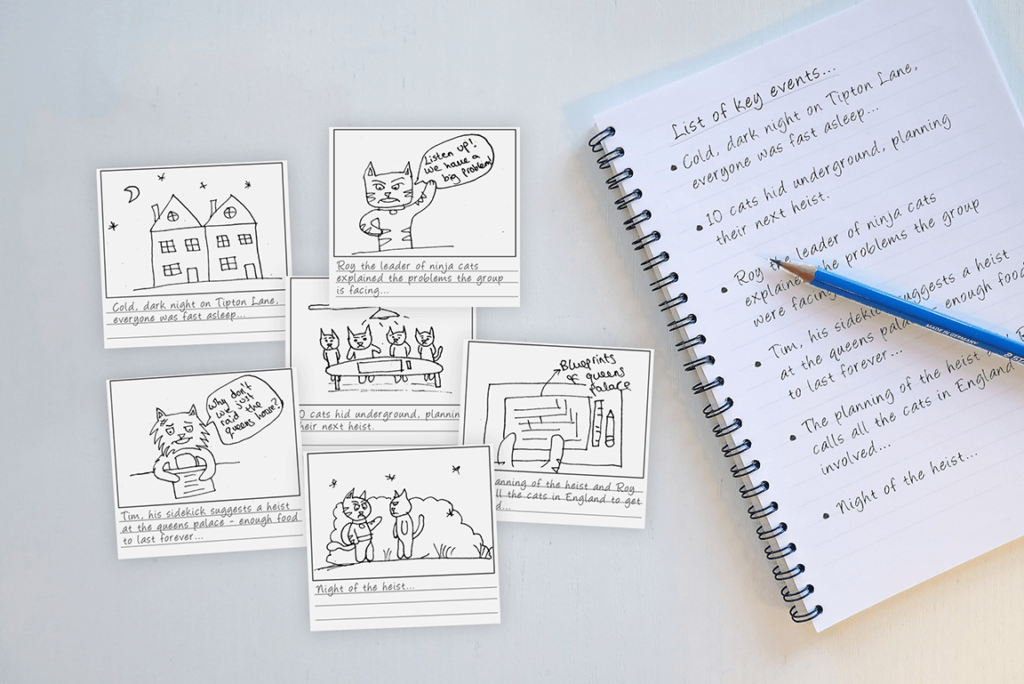
Keeping an ideas journal
Journaling has never meant to be perfect. Even as adults, we scribble quick thoughts into our journal without second-thinking our grammar or spelling. And for this reason, your students should also be encouraged to keep a journal at a young age. In particular, one type of journal which works best for third graders is an ideas journal. Here they can keep note of everything that inspires them daily. This could be a newspaper article, a certain photograph or even a quick doodle.
Eventually, the ideas journal should become your student’s number one source of inspiration when it comes to writing stories. They should be able to look back and see their ideas from months ago and keep track of how they have developed over time. The freedom that journalling gives students will show them the fun and easy side of writing, which often gets missed in classrooms.
Role-playing with Paper Puppets
When all else fails, encourage the love of writing through arts and crafts. Get your students to create their own paper finger puppets based on their favourite movie, TV show or even their imagination. Once the paper puppets are created you can hold your very own paper theatre shows in the classroom or at home! Students can write their own scripts and then using their puppets act out a scene. This is not only a fun arts and crafts activity, but it is also a fun way to encourage your kids to see the creative side of writing.
You students could even create a whole set of paper puppets, with paper scenery and props – Which can all be kept safely in a shoebox. So whenever they are bored they can get their puppets out and hold their paper theatre shows monthly or weekly!
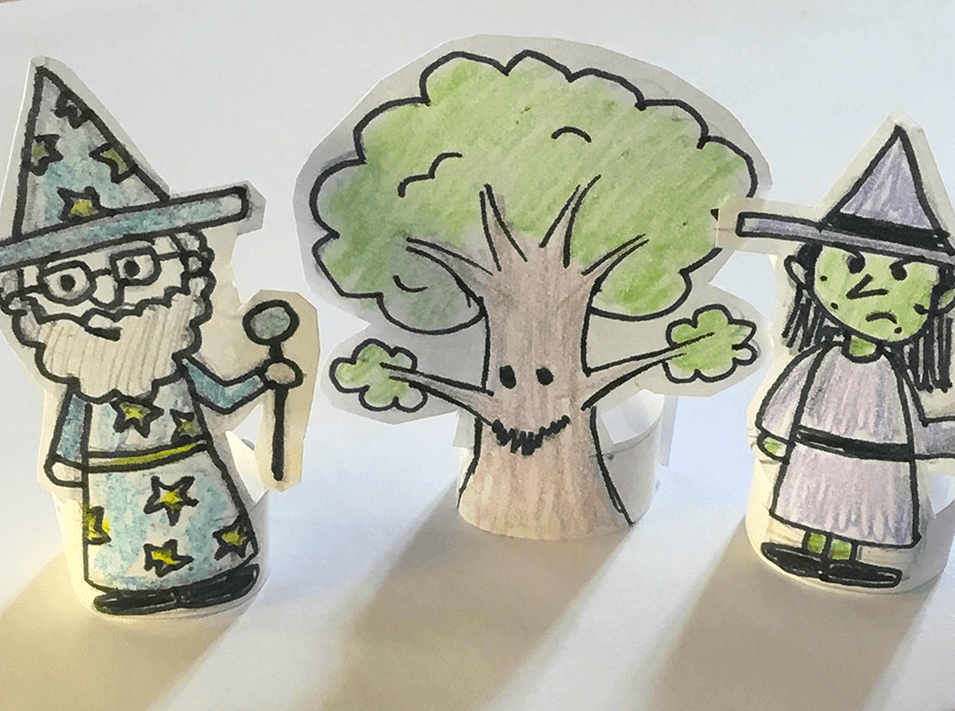
Creating your own Monster
Forget about writing for a moment and just get your students to imagine something new. Ask them to draw a monster. Any monster they like and anything that comes to mind. Once finished drawing they can write a description to describe their monster. Here is where you can go into great detail. Ask your students to think about what the monster eats, what it dislikes, likes, it’s interests, where it’s from and so on. Once done, your students could have written over 100 words without even knowing it!
Another idea to make this writing activity collaborative is to ask your students to share their monsters with the person next to them. Then that person can write their own description of a monster drawn by someone else. This not only encourages teamwork but also improves the creative thinking skills of your students.
Write some song lyrics
We’re sure that every one of your students loves listening to music. And now it is their chance to write some funky lyrics of their own. Simply ask your students to think of their favourite singer or band. Then give them the task of writing their own song lyrics for those people. If your students are a fan of Ed Sheeran, then just imagine that Ed himself has asked the students to write him some new song lyrics for his next album.
Writing song lyrics is a form of poetry. Whether it’s a rap or an emotional ballad, your students can learn so much from writing their own songs. And if your students are feeling brave enough, they even perform their song in front of the class!
Creating Comic Strips
Comics are the all-time favourite for creative students. And more importantly writing comics involves a good level of dialogue skills, as well as creativity and imagination. And with superheroes being a popular thing in today’s culture, creating comic strips should be a fun task for all of your students. Of course not all comic strips or books are about superheroes, but it is a good place to start.
If you’re planning on adding comic strips to your lesson plans, you should take a look at our blog post on creating your comic strips and comic books.
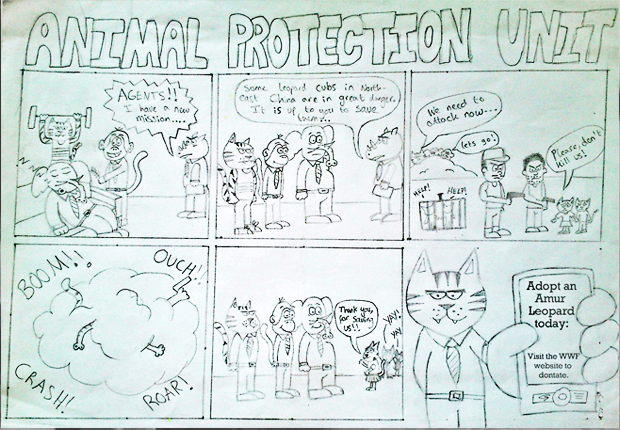
How-To Guides
How-to guides do sound like a normal, typical writing activity in the classroom. But our way of writing how-to guides is much more fun for your students. Instead of assigning the topic of the guide, ask your students to come up with their own topic. Your students should think about all the things they are good at and decide on which one they should write a guide about.
For example, if a student is really good at playing Minecraft, then they could write a guide on how to build a treehouse in Minecraft. Alternatively if one of your students owns a pet, they could write a guide on how they take care of that pet at home. The key here is to focus on the interests of your students and not to force your own topics onto them. This will help them see the real importance of writing in their daily lives and even encourage them to continue writing outside of school time.
Want more fun writing ideas? Check out this post on over 100 creative writing exercises to inspire you!
Third grade is the perfect time to show your students the importance of writing in their daily lives. This means showing them the creative and fun side of writing, as well as the more formal, essay-style format of writing. A mix of fun with strict guidelines can reinforce the love of writing in kids and get them to see the true beauty that creative writing can offer.
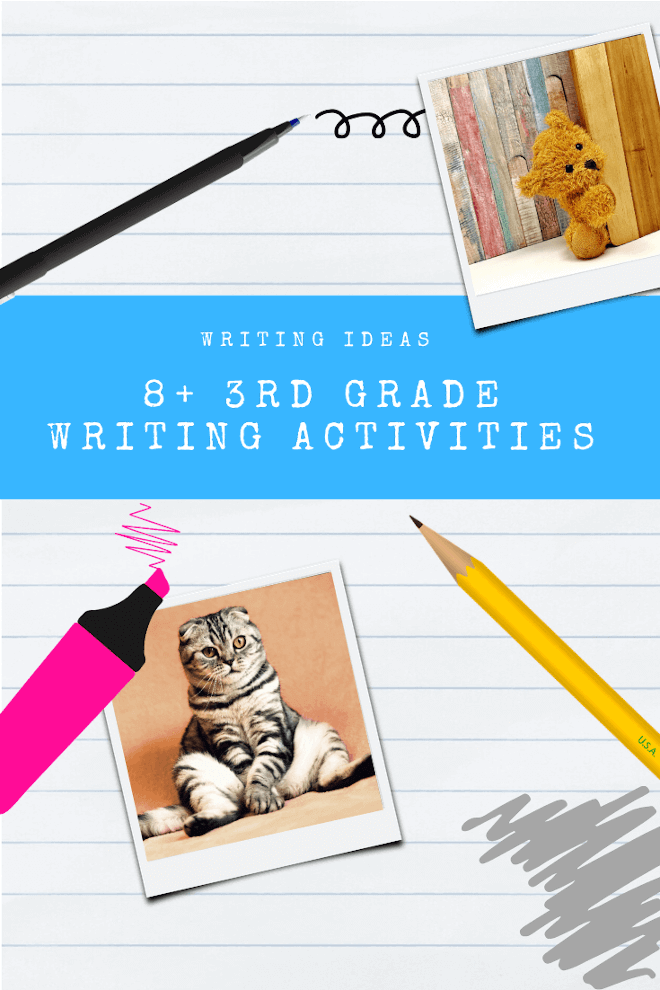

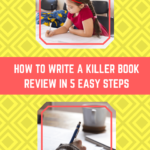
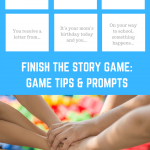

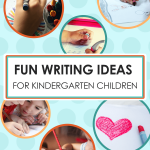
Comments loading...